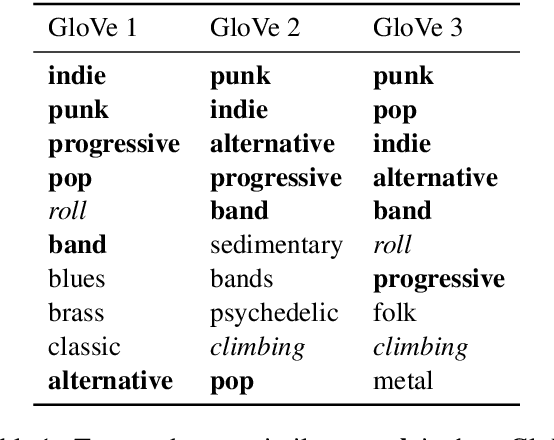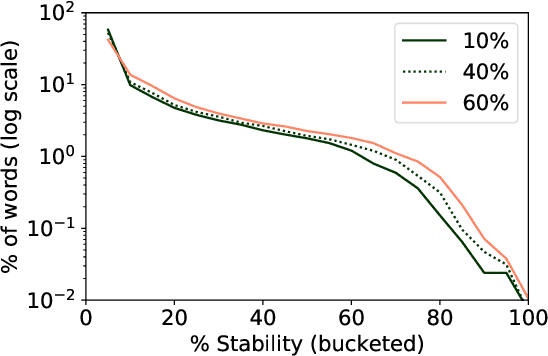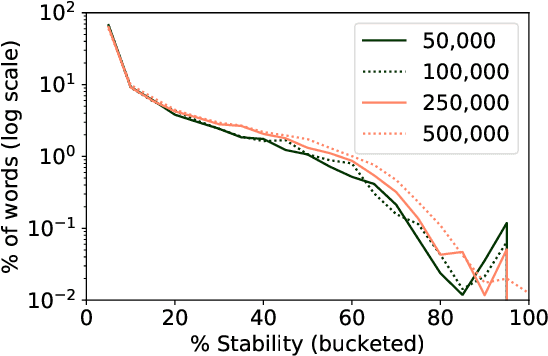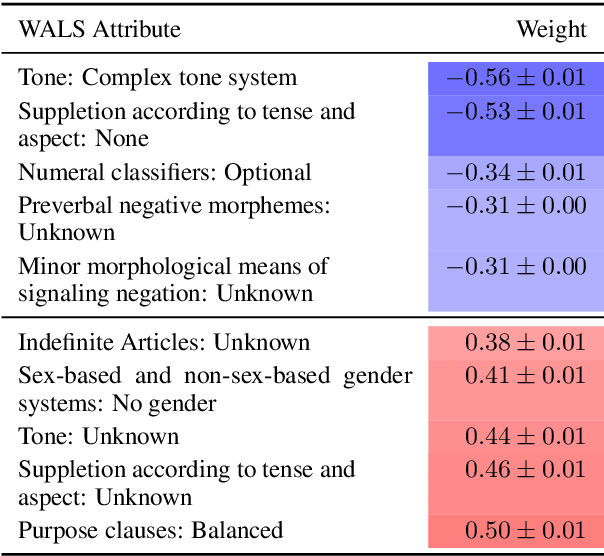Analyzing the Surprising Variability in Word Embedding Stability Across Languages
Paper and Code
Apr 30, 2020



Word embeddings are powerful representations that form the foundation of many natural language processing architectures and tasks, both in English and in other languages. To gain further insight into word embeddings in multiple languages, we explore their stability, defined as the overlap between the nearest neighbors of a word in different embedding spaces. We discuss linguistic properties that are related to stability, drawing out insights about how morphological and other features relate to stability. This has implications for the usage of embeddings, particularly in research that uses embeddings to study language trends.
 Add to Chrome
Add to Chrome Add to Firefox
Add to Firefox Add to Edge
Add to Edge